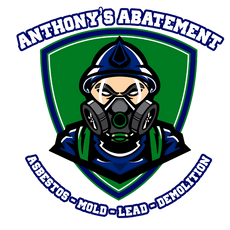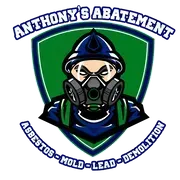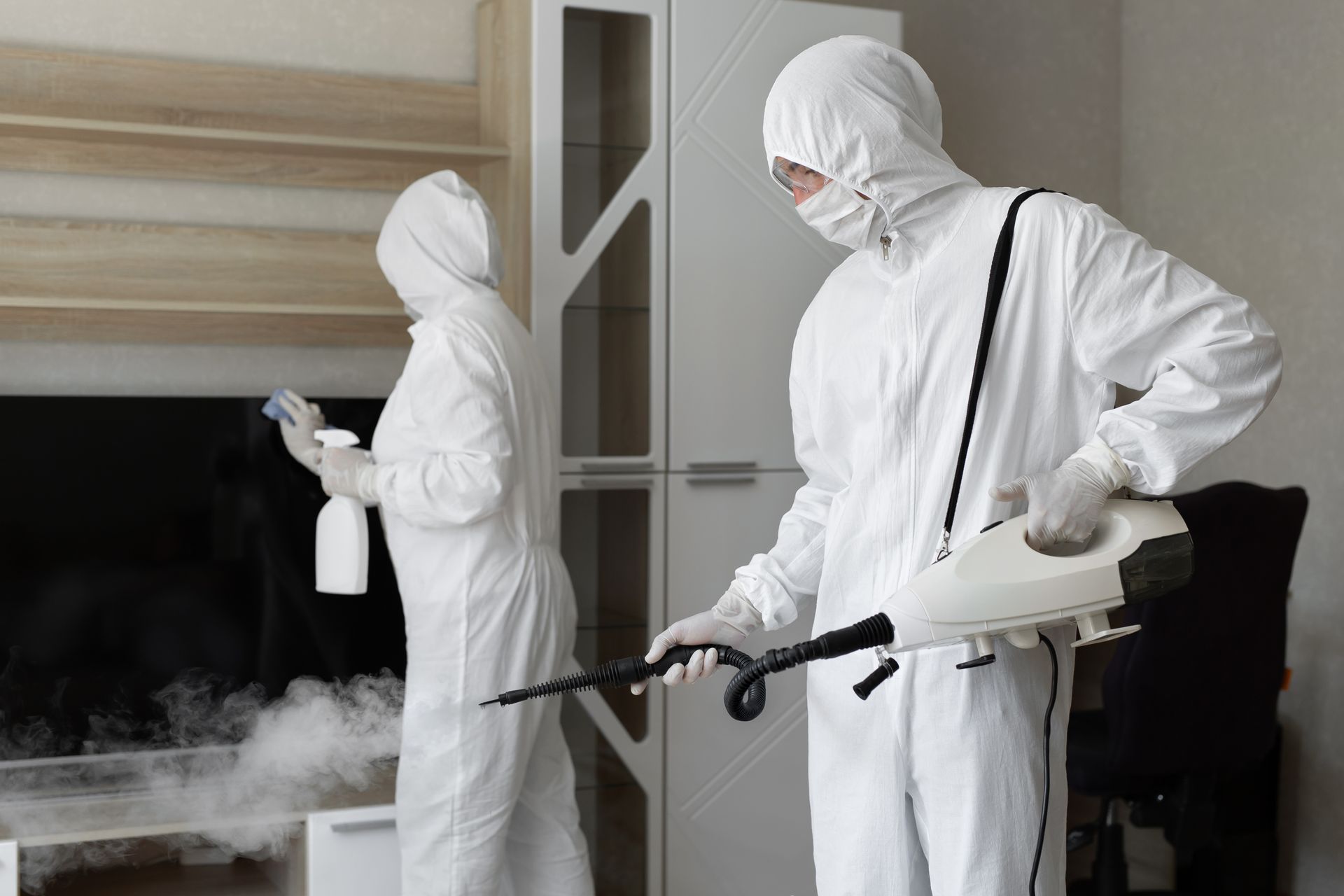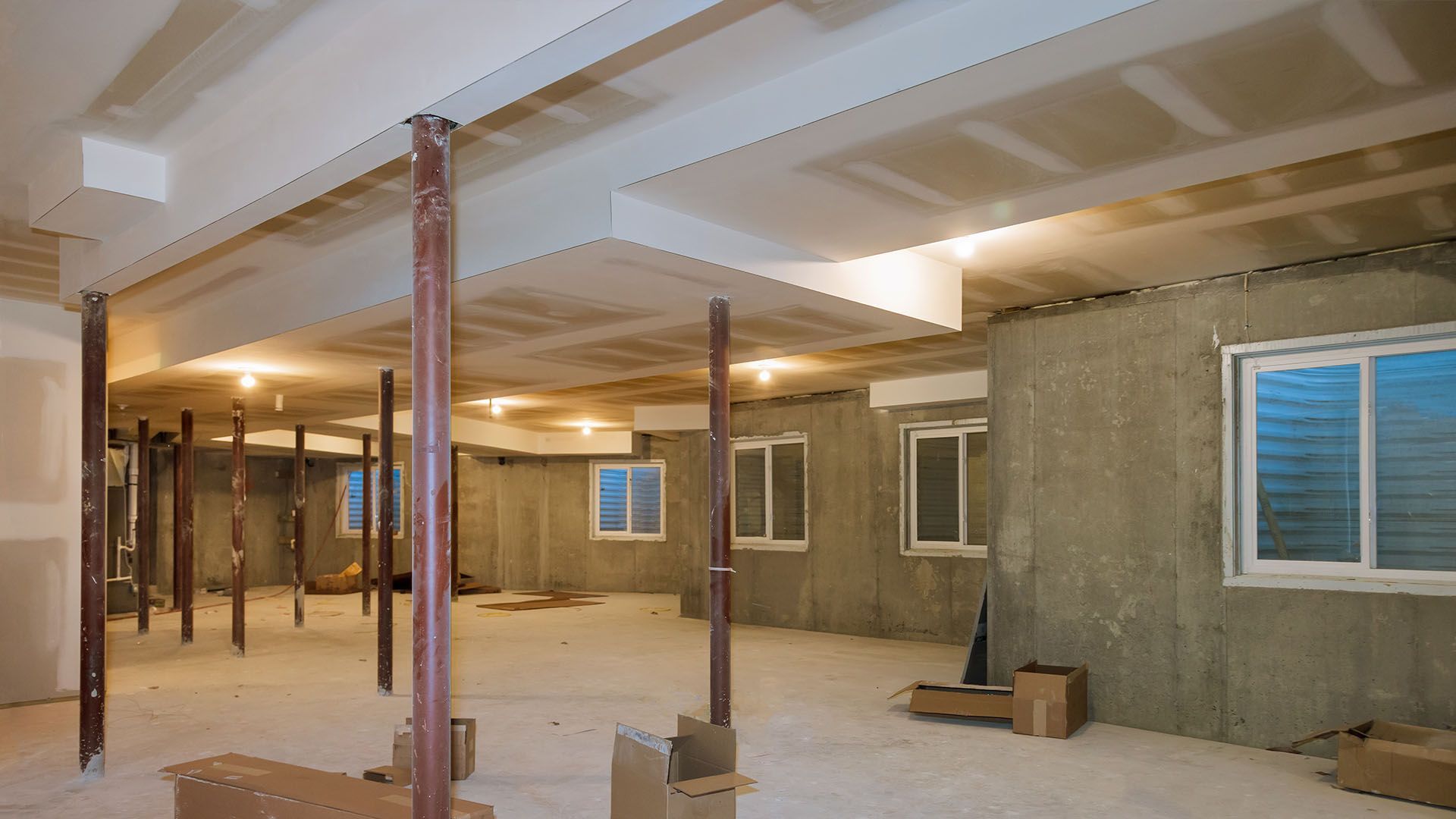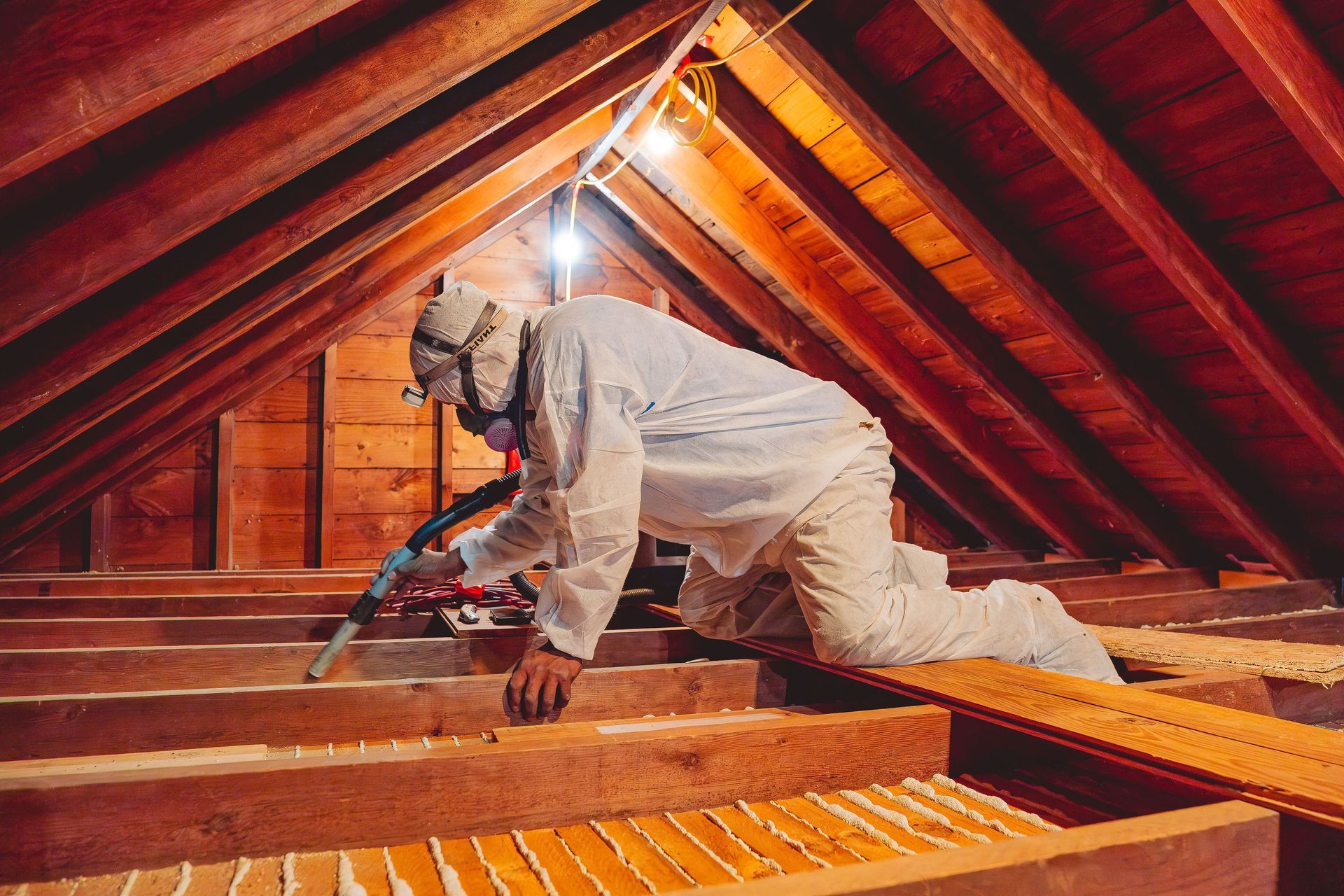The Right Way to Ask Your Landlord About Asbestos in Your Rental
If you suspect asbestos in your rental, you're not alone—and you're not powerless. Asbestos was commonly used in building materials throughout much of the 20th century, and many older properties still contain it. Knowing how to bring up asbestos concerns with your landlord is key to ensuring your health and safety. In this guide, we’ll walk you through how to spot the warning signs, understand your rights, and have a respectful yet firm conversation with your landlord.
Why Tenants Are Concerned About Asbestos
Asbestos fibers, when disturbed, can become airborne and pose serious health risks, including mesothelioma and lung disease. For renters, the risk is especially troubling because they may not have control over renovations or maintenance that could expose these fibers.
The Risks of Ignoring Suspected Asbestos
Ignoring potential asbestos can lead to prolonged exposure. Inhaling even small amounts over time can have lasting health effects. That’s why addressing it with your landlord promptly is crucial—not just for your peace of mind, but for your long-term well-being.
Importance of Starting a Conversation With Your Landlord
Opening a dialogue early can prevent bigger problems down the road. Your landlord may not be aware of the issue, and most responsible property owners want to maintain safe, legally compliant homes.
Understanding Asbestos in Rental Properties
Asbestos was widely used in materials such as insulation, floor tiles, ceiling tiles, and pipe wrap. Homes built before the 1980s are particularly likely to contain it. It becomes a hazard when it is damaged, disturbed, or deteriorating.
What Asbestos Is and Where It’s Commonly Found
Common locations include popcorn ceilings, old pipe insulation,
cement siding, and vinyl flooring. These materials may seem harmless until disturbed during cleaning, repairs, or remodeling.
Why Older Buildings Are More Likely to Contain Asbestos
Properties built before modern building codes came into effect often used asbestos materials for durability and fireproofing. Unless they’ve been fully renovated, the risk remains.
Health Risks Associated With Asbestos Exposure
Inhaled asbestos fibers can cause respiratory illnesses, including asbestosis, lung cancer, and mesothelioma. Symptoms may not appear for decades, making early action critical.
Signs Your Rental Might Contain Asbestos
While only a professional can confirm asbestos, there are clues renters can look for.
Visible Indicators (Ceiling Tiles, Insulation, Flooring)
Crumbly ceiling tiles, worn floor tiles, or old pipe coverings are common signs of asbestos-containing materials.
Age of the Building and Previous Renovations
If your building is older and hasn’t been updated, it’s more likely to contain asbestos. Renovations without proper documentation are also a red flag.
What Not to Do: Avoiding DIY Disturbance
Never scrape, sand, or move suspect materials yourself. Disturbing asbestos can release dangerous fibers into the air.
What Are Your Rights as a Tenant?
Basic Legal Protections for Tenants
Tenants have a right to live in safe and habitable housing. That includes protection from known health hazards like asbestos.
When Landlords Are Required to Disclose or Act
In many states, landlords must disclose known asbestos presence. If a hazard exists, they’re generally required to take corrective action to ensure safety.
Landlord Responsibilities for Safe Living Conditions
Even if disclosure isn’t legally required, landlords are responsible for maintaining safe environments. That includes professional asbestos inspections and remediation if needed.
Preparing to Talk to Your Landlord
Gathering Evidence or Documentation
Take photos, note the location of suspicious materials, and find out the construction year of your building. Document any health symptoms or exposure concerns.
Knowing What Questions to Ask
Ask if the property has been inspected for asbestos, whether they have a management plan, and what steps they take during repairs or renovations.
Staying Calm and Professional in Your Approach
Approach your landlord with professionalism. Avoid making accusations—focus on your concern for safety and your desire for clarity.
How to Start the Conversation
Sample Phrases to Open the Discussion
“I noticed some old ceiling tiles and was wondering if the property has ever been checked for asbestos?”
“I’m concerned about the materials in my unit and would like to know if there’s been an asbestos survey.”
How to Request an Inspection or Asbestos Survey
You can ask your landlord to hire a licensed professional for an asbestos inspection, especially if materials are deteriorating.
What to Do if Your Landlord Is Unresponsive
Follow up in writing. If there's still no response, consider reaching out to your local housing department or tenants’ rights group.
Next Steps if Asbestos Is Confirmed
Options for Professional Removal or Containment
Only licensed asbestos abatement contractors should handle removal or encapsulation. Landlords are responsible for hiring them and covering the cost.
Temporary Relocation or Protective Measures
Depending on the severity, you may need to vacate temporarily. Your landlord may be required to provide alternate accommodations.
Keeping a Written Record of All Interactions
Document all conversations, requests, and responses related to the asbestos issue. This can be vital if legal action becomes necessary.
When to Escalate the Issue
Contacting Local Housing Authorities or Legal Aid
If your landlord refuses to take action, report the issue to your local code enforcement or housing authority. Legal aid organizations can offer support.
Filing an Official Complaint if Necessary
Some jurisdictions allow you to file formal complaints with housing agencies or the EPA if asbestos issues are ignored.
Understanding When Legal Action May Be Justified
If your health has been impacted or if the landlord continues to neglect the issue, legal recourse may be necessary. Consult a tenant lawyer for guidance.
Conclusion
Your health should never take a back seat to property management. If you suspect asbestos in your rental, you have every right to raise the issue. By approaching your landlord calmly, clearly, and with the right information, you can help ensure a safe living environment for yourself and others. Don’t ignore the signs—speak up, stay informed, and protect your health.
